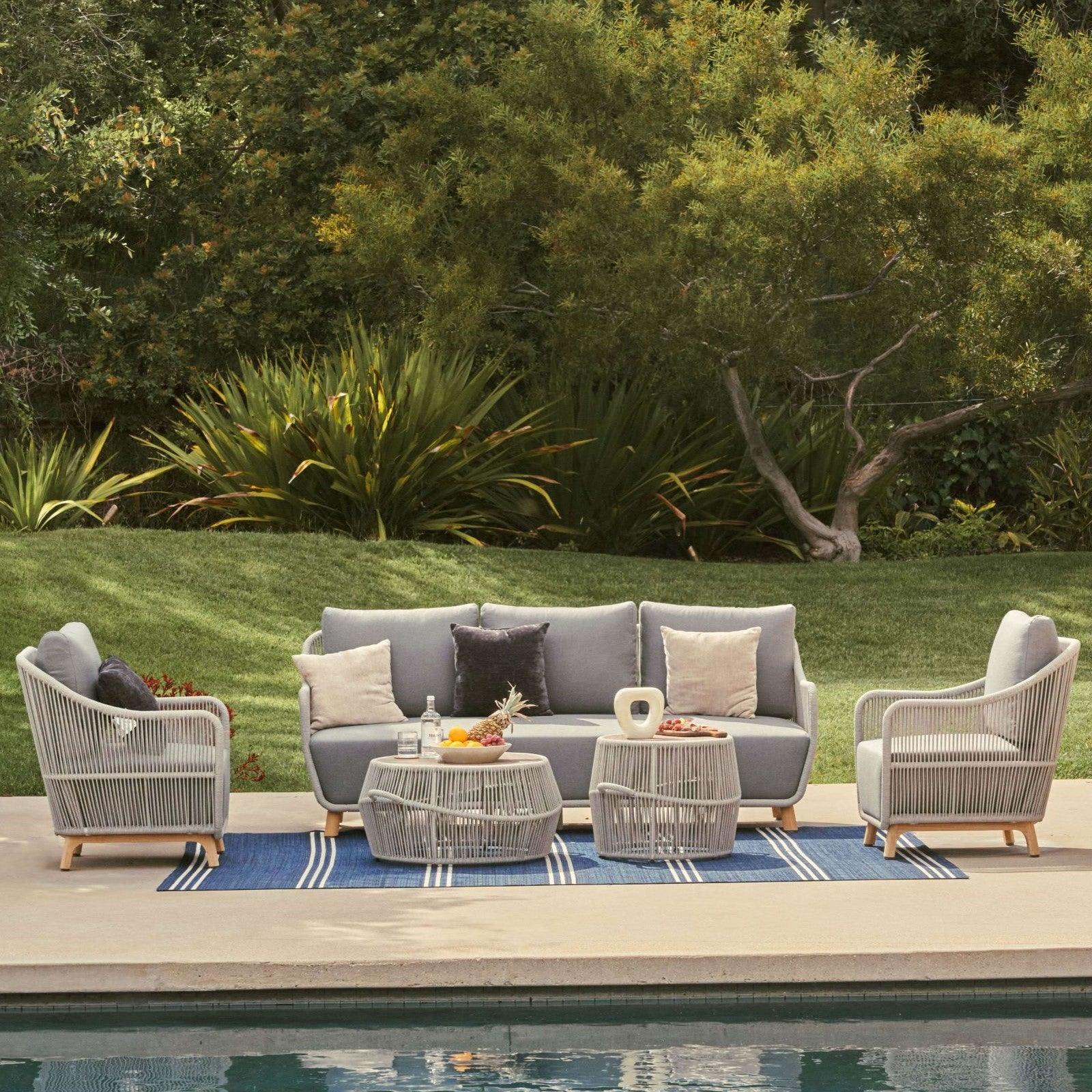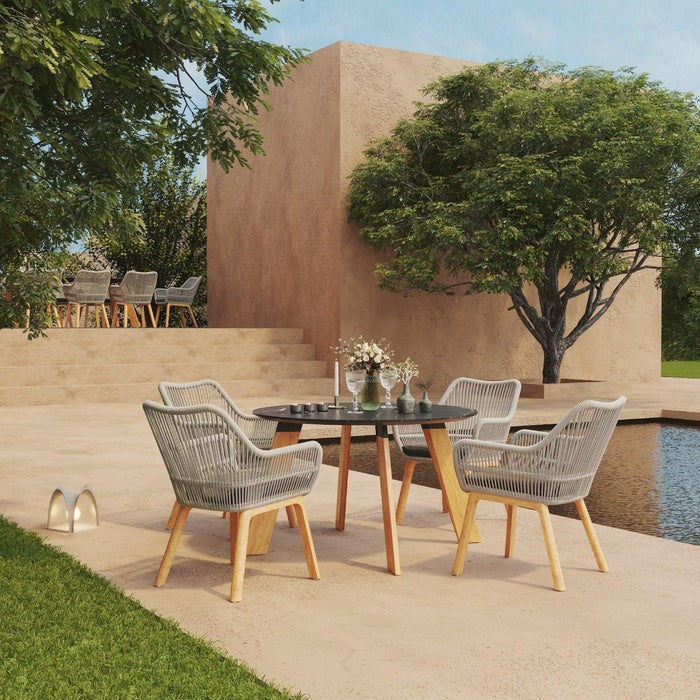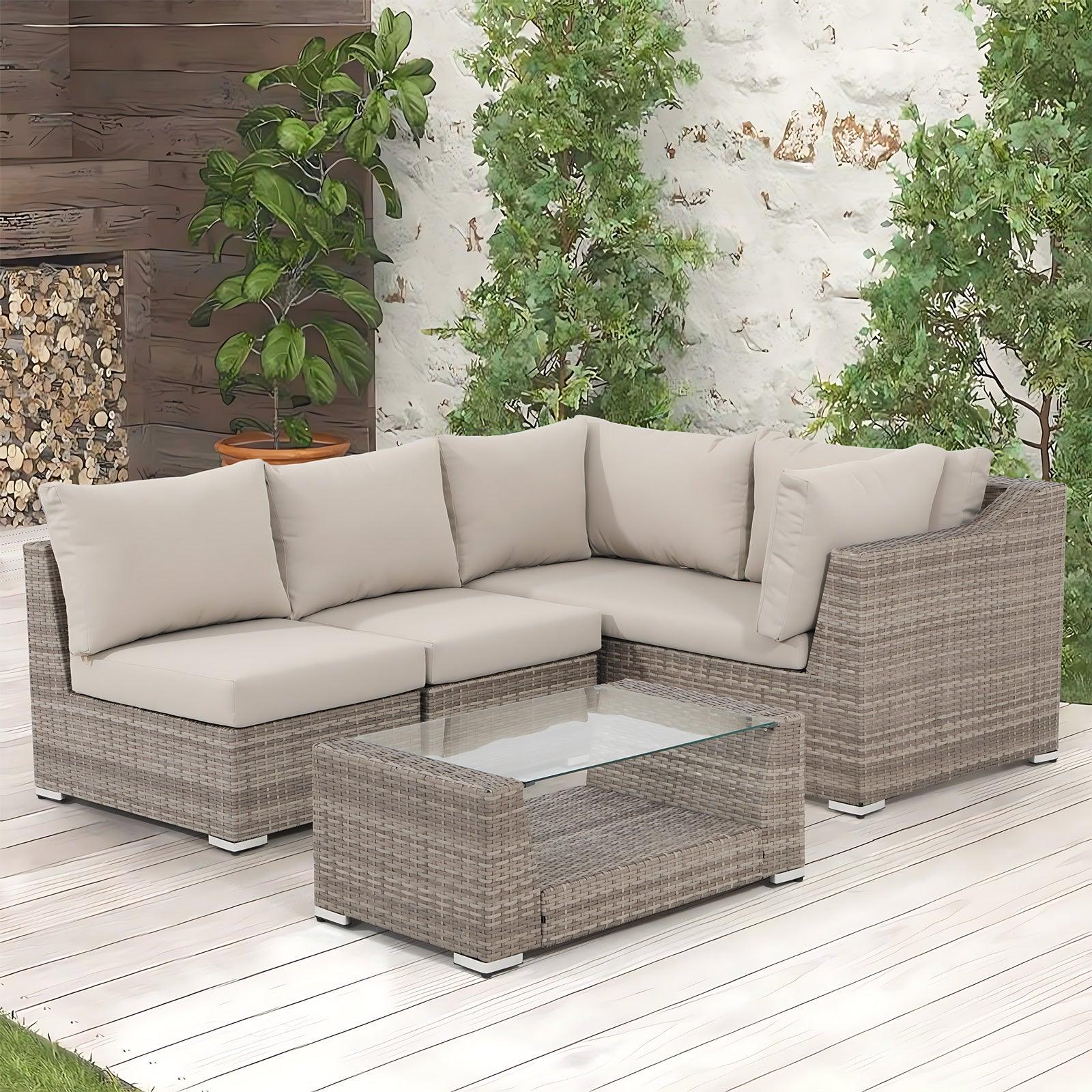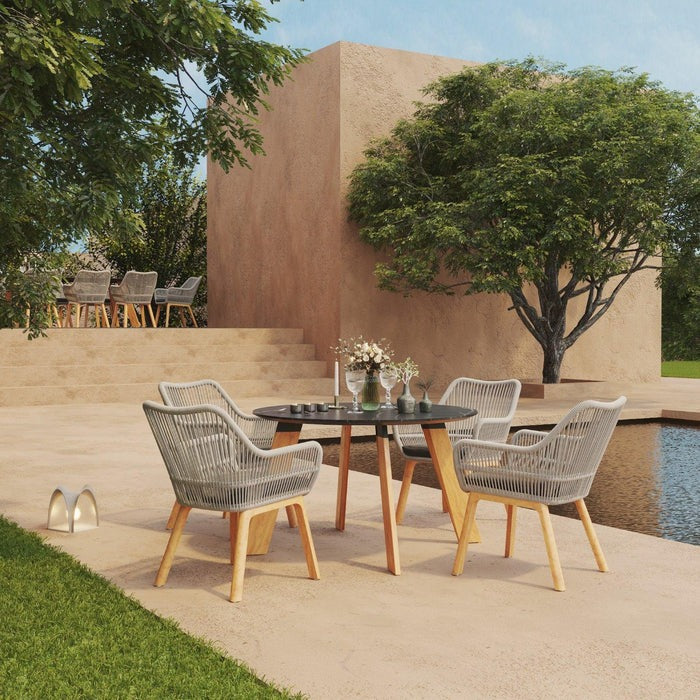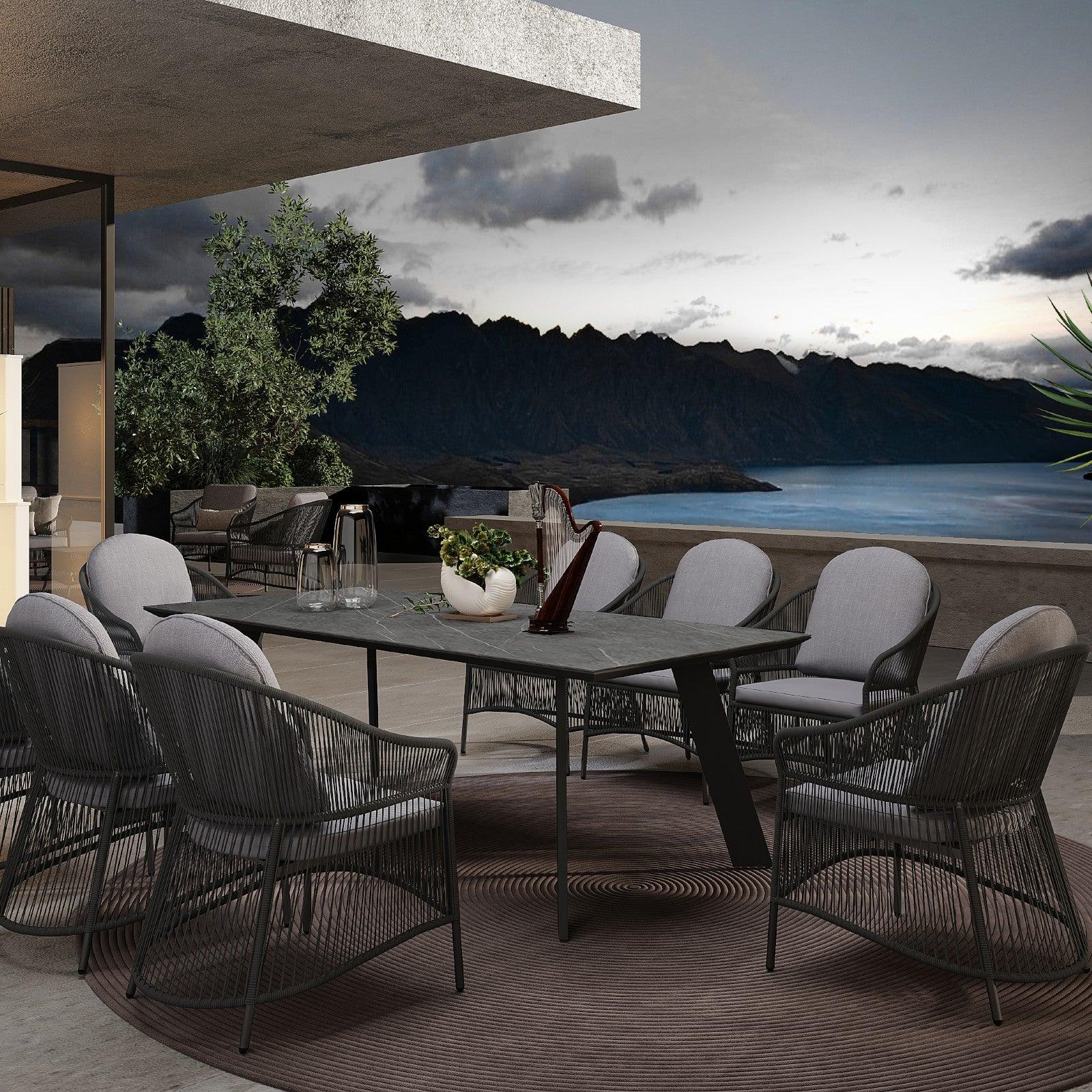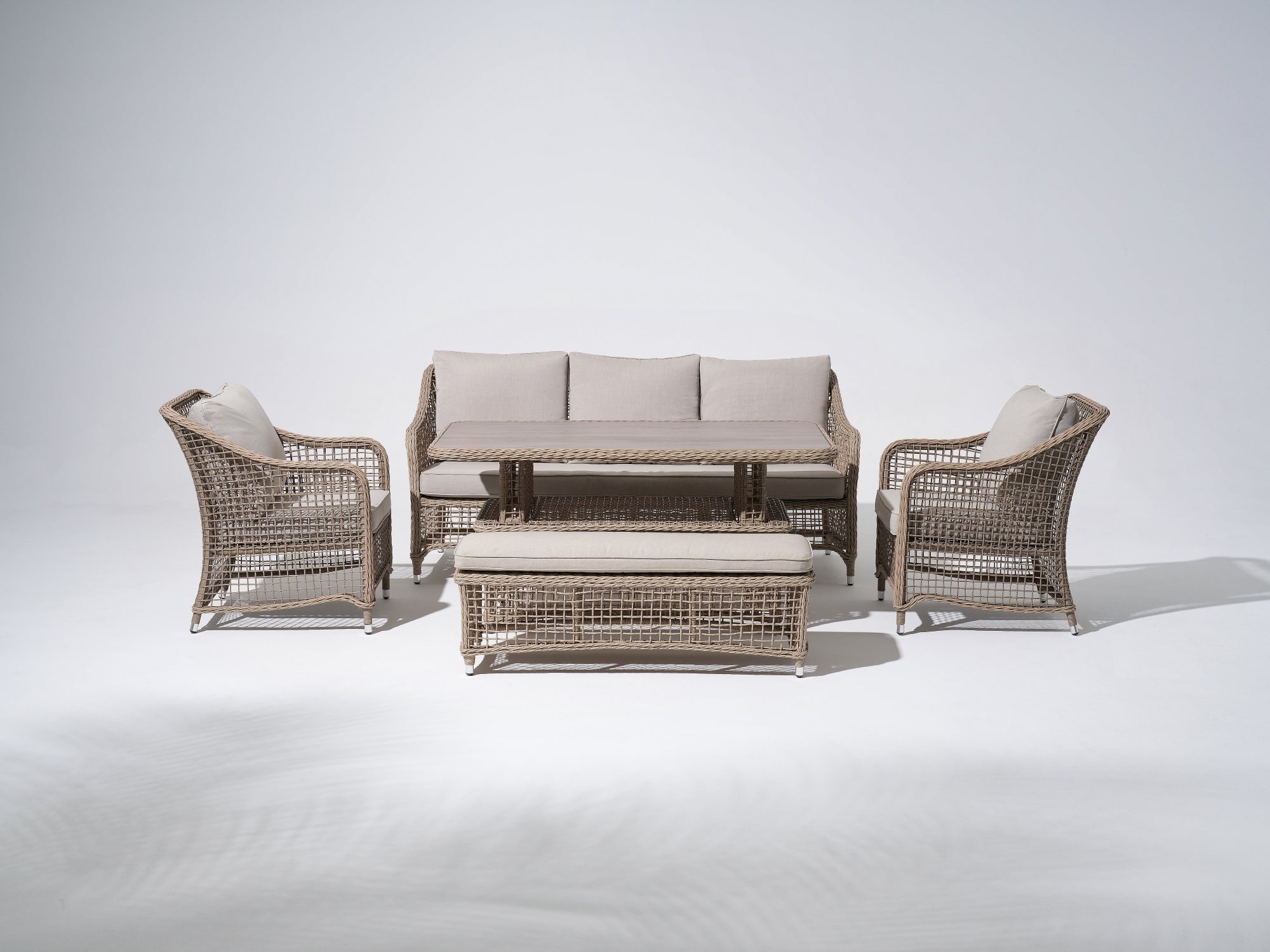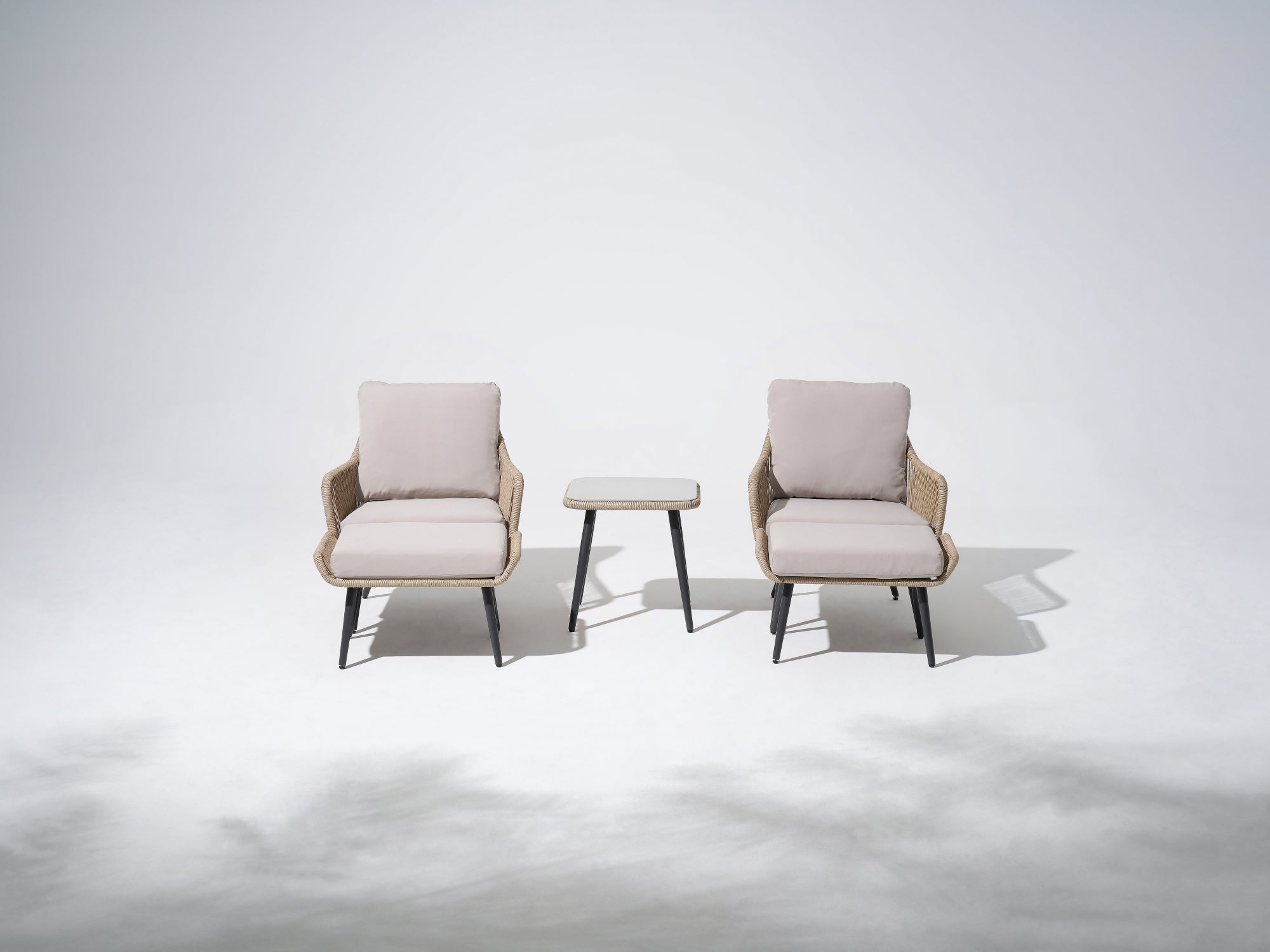Teak furniture, with its rich golden-brown hue and exceptional durability, has been a staple in outdoor living spaces for centuries. Sourced from the tropical forests of South and Southeast Asia, teak wood stands out for its natural resistance to decay, pests, and harsh weather—qualities attributed to its high oil content and tight grain structure. While teak is famously low-maintenance compared to other woods, proper care ensures it retains its elegance and longevity for decades. In this guide, we’ll explore expert tips for maintaining teak furniture and compare it with other popular outdoor wood materials to highlight why it remains a top choice.

Why Teak Furniture is a Premium Outdoor Choice
- Natural Oils: Teak contains high levels of teak oil, a natural compound that repels water, prevents mold, and inhibits insect damage.
- Density & Grain: Its tight, interlocking grain makes it resistant to warping, cracking, and splintering, even in extreme temperatures.
- Aging Gracefully: Over time, untreated teak develops a sophisticated silver-gray patina, while sealed teak can retain its original color for longer.
Read our guide on how to identify teak wood

Advantages of Teak Furniture
- Weather Resistance
- Durability
- Aesthetic Appeal

Essential Care Tips for Teak Furniture
1. Regular Cleaning: The Foundation of Maintenance
- Routine Dusting: Use a soft-bristle brush or broom to sweep away loose debris at least once a week, following the wood grain to avoid scratches.
- Deep Cleaning: Every 1–2 months, mix a mild solution of dishwashing soap diluted in warm water (1–2 tablespoons per gallon) and apply it with a soft brush. Let it sit for 5–10 minutes, then rinse with a gentle hose spray and dry thoroughly with a cloth. Avoid high-pressure washers, as they can damage the grain.
- Stain Removal: For spills (oil, food, or beverages), act immediately: scrape gently with a plastic spatula, then clean with the soapy solution. Stubborn stains may require fine-grit sandpaper (150–220 grit) sanded in the direction of the grain.
2. Protect Against Weathering & Discoloration
- Delay Graying: Sealers form a protective barrier that slows the loss of natural oils caused by UV rays.
- Prevent Moisture Damage: They repel water, reducing the risk of mold and mildew (especially in humid climates).
-
How to Apply: Clean and dry the furniture thoroughly, then apply a high-quality, breathable sealer with a brush or roller, following manufacturer instructions. Reapply every 1–2 years, depending on exposure.
Pro Tip: Avoid teak oils, which can attract dust and require frequent reapplication. Quality teak already has sufficient natural oils!
3. Handle with Care: Moving & Storage
- Lift, Don’t Drag: Always lift furniture when moving it. If heavy, enlist help or use furniture sliders on smooth surfaces.
- Check for Weak Points: Inspect joints and connections before moving, especially for assembled pieces.
- Winter Storage: In freezing climates, store teak indoors or cover it with a breathable tarp. Keep it away from heaters or direct radiators to prevent drying out.
4. Combat Mold & Mildew (Humid Climates)
- Homemade Solutions: Mix equal parts water and white vinegar or a mild bleach solution (1 cup bleach per gallon of water), apply with a brush, and rinse thoroughly.
- Preventive Care: Ensure good air circulation around furniture—avoid placing it against walls or in damp, shaded areas.
Teak vs. Other Popular Outdoor Woods: A Side-by-Side Comparison

| Wood Type | Durability | Natural Resistance to Rot | Maintenance Needs | Natural Oils? | Aging Appearance | Ideal For |
|---|---|---|---|---|---|---|
| Teak | Exceptional (50+ years with care) | Excellent (teak oil repels moisture) | Low (occasional cleaning, optional sealing) | High | Develops silver-gray patina or retains color with sealers | All climates, especially humid/hot regions |
| Mahogany | Very Good (20–30 years) | Good (moderate natural oils) | Moderate (annual sealing/oiling to prevent graying) | Moderate | Fades to a softer gray; requires more frequent sanding | Coastal areas, classic designs |
| Cedar | Good (15–20 years) | Good (thujaplicins repel insects) | Low to Moderate (natural graying; sealers can maintain color) | Moderate (aromatic oils) | Weathered silver-gray; prone to minor cracking in dry climates | Rustic styles, insect-prone areas |
| Pine | Moderate (10–15 years with treatment) | Low (needs pressure treatment or frequent sealing) | High (annual painting/staining, anti-mold treatment) | Low | Fades quickly; susceptible to warping and rot without regular care | Budget-friendly, temporary use |
| Eucalyptus | Good (15–20 years) | Moderate (similar to cedar) | Moderate (sealing recommended to prevent splitting) | Low to Moderate | Develops a matte gray finish; requires sanding to refresh | Modern designs, moderate climates |

Price
Teak furniture is relatively expensive and is hailed as the gold standard for high - end outdoor furniture. Outdoor furniture made of teak may not be affordable for everyone. When considering the price of teak furniture, it's essential to keep in mind that purchasing teak outdoor furniture is an investment. Although the upfront cost of teak furniture might be high, you won't need to replace your existing outdoor furniture in the short term.
Similar to acacia wood furniture, the price of teak furniture varies significantly. For instance, the price of a teak outdoor sectional sofa set can range from $2,000 to $30,000. However, at Jardina, you don't have to worry about overspending on a set of teak furniture. If you don’t believe it, please visit: https://jardina.com/collections/plena-exclusive-by-sunsitt-signature
